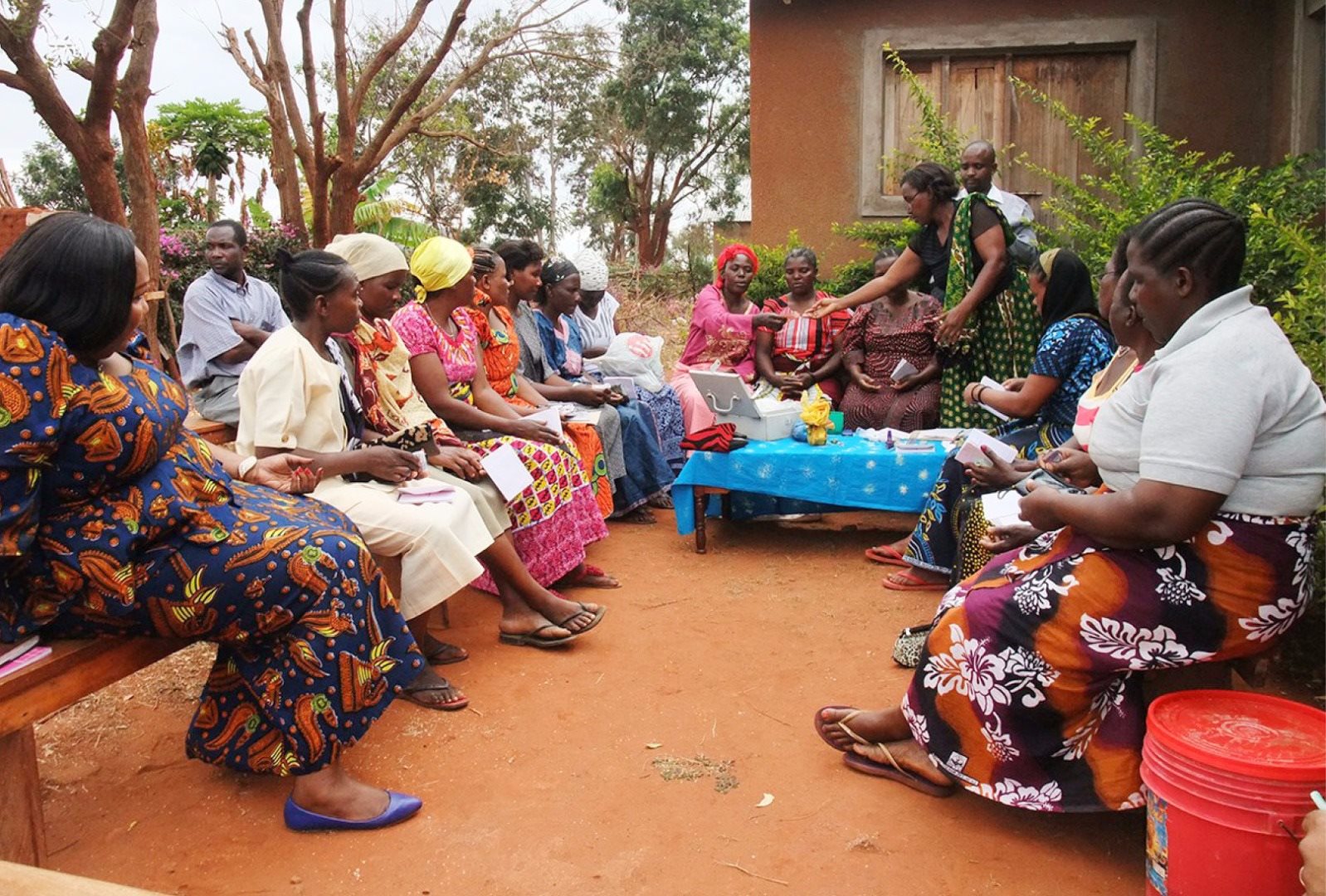
Financial Inclusion and the SDGs
Financial inclusion is positioned prominently as an enabler of other developmental goals in the 2030 Sustainable Development Goals, where it is featured as a target in eight of the seventeen goals. These include SDG1, on eradicating poverty; SDG 2 on ending hunger, achieving food security and promoting sustainable agriculture; SDG 3 on profiting health and well-being; SDG 5 on achieving gender equality and economic empowerment of women; SDG 8 on promoting economic growth and jobs; SDG 9 on supporting industry, innovation, and infrastructure; and SDG 10 on reducing inequality. Additionally, in SDG 17 on strengthening the means of implementation there is an implicit role for greater financial inclusion through greater savings mobilization for investment and consumption that can spur growth.
There is academic evidence that financial inclusion models can support overall economic growth and the achievement of broader development goals. Digital finance alone could benefit billions of people by spurring inclusive growth that adds $3.7 trillion to the GDP of emerging economies within a decade, according to a recent report by the McKinsey Global Institute. The results of a long-term impact study on a mobile money service in Kenya, M-PESA, found mobile money has lifted as many as 194,000 households – 2% of the Kenyan population – out of poverty, and has been effective in improving the economic lives of poor women and of members of female-headed households. There is also growing evidence of financial inclusion creating more stable financial systems and economies, mobilizing domestic resources through national savings and helping to boost government revenue.
UNCDF’s last mile financing models support banks, cooperatives, microfinance institutions, money transfer companies and mobile network operators to extend the reach of financial markets where they would otherwise not go. UNCDF ensures that suitable financial products (savings, credit, insurance, payments, and remittances) are available to individuals – notably the excluded and underbanked – and micro, small, and medium enterprises, at a reasonable cost, and on a sustainable basis. In particular, UNCDF targets women based on the growing evidence that access to savings leads to positive economic outcomes for women, including increasing productivity and profits and greater investment in their businesses. Having savings also makes women less likely to sell assets to address health emergencies, stabilizes their incomes in times of economic shocks, and provides greater control over their funds.
Stay Connected
GET THE LATEST UPDATES TO YOUR INBOX